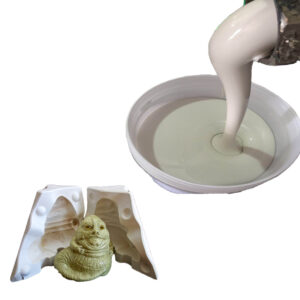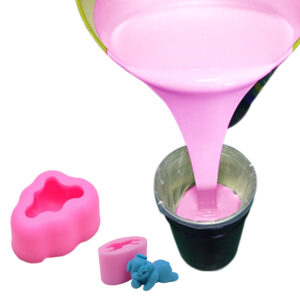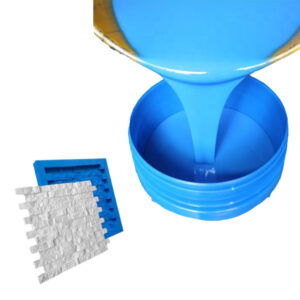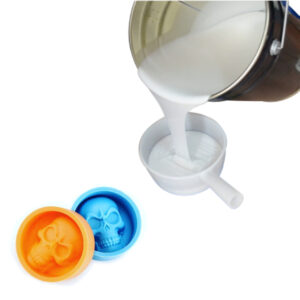描述
Features
- Non-oily surface
- Low shrinkage (below 0.2)
- Outstanding shrinkage performance
- Exceptional tension and tear Strength
- Superior high-temperature resistance
- Good resistance to deformation
Appearance
- Part A: White liquid silicone
- Part B: Non-toxic transparent catalyst
TIP: We can provide fast/slow catalysts for the cold/ hot seasons.
Instructions
Safety – Use in a properly ventilated area. Wear safety glasses, long sleeves, and rubber gloves to minimize contamination risk. Wear vinyl gloves only. Latex gloves will inhibit the cure of the rubber.
Friendly reminder:
A small test application to determine suitability for your project is recommended.
Step 1: Alkaline soap cleaning tools
Make sure the surface of the master mold is clean and complete. Secure the base of the master mold, encompassing it with auxiliary materials such as plastic sheets.
Step 2: Measuring & Mixing
Ppre-mix Part B thoroughly to re-disperse pigments that may have settled. Weigh Part A & B components using a gram scale to be 100:2. ( Curing time is reduced in proportion to the amount of catalyst) added. Mix for about 3 mins, Scrape the sides and bottom of the container several times to avoid the partly solidified which causes a waste of silicon rubber.
Step 3: Vacuum pumping
After mixing parts A and B evenly, vacuum degassing is recommended to eliminate any entrapped air in liquid rubber.
Step 4: Pouring or brushing
After releasing the bubble, we can average-pour/brush the silicone rubber on the prototype.
*Notes: Please finish all the steps within the operation time. If not it will cause cross cross-linking reaction, and no further steps will be available.
Step 5: Demoulding
For best results, Allow the mold to cure overnight (at least 12 hr) at room temperature (77°F/25°C) before demolding. An excessively low temperature will prolong the curing time, while an overly high room temperature will expedite the curing process.
Shelf life:
When silicone rubber is stored at or below 25°C (77°F) in the original unopened containers, the usable life of 12 months.
Mold Performance & Storage :
The physical life of the mold depends on how you use it (materials cast, frequency, etc.). Casting abrasive materials such as concrete can quickly erode mold detail, while casting non-abrasive materials (wax) will not affect mold detail. Before storing, the mold should be cleaned with a soap solution and wiped fully dry. Molds should be stored on a level surface in a cool, dry environment.









评价
目前还没有评价